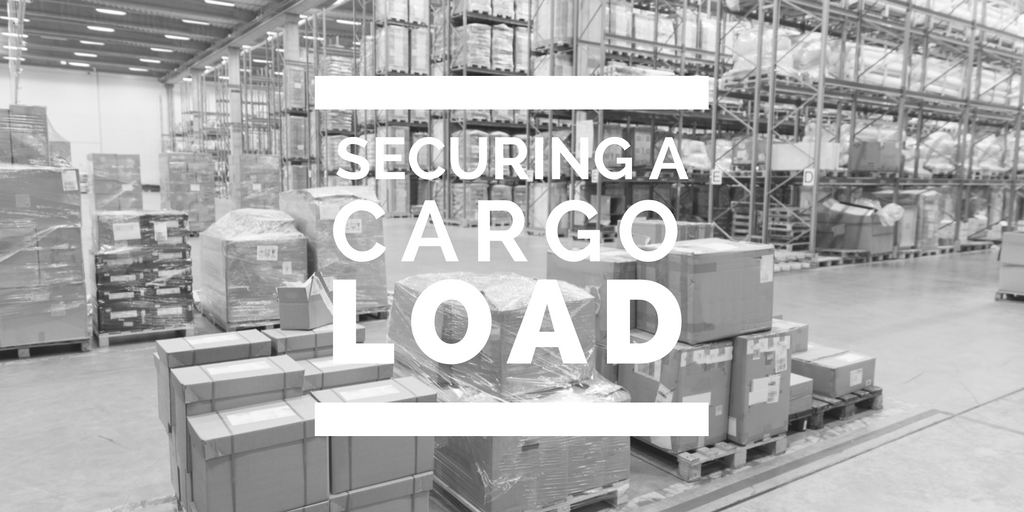Accident Prevention for Cargo/Containers
Cargo containers are large boxes that carry a wide variety of goods most often by sea to their destination. While they are lifted and carried by large vessels and machines, workers are the ones responsible for handling, storing, and making sure they are secured. Careful consideration needs to be taken for the planning and organizing of cargo container storage to reduce the risks of accidents and improve the safety of the work zone.
It is important for machine operators and dock workers to know the risks involved with cargo containers and what needs to be done to prevent accidents from happening.
Store the Containers Correctly
The first step to preventing serious accidents with cargo containers is making sure to store them properly. Workers need to be trained in the correct stowage methods and the stresses of transport by road, rail, and sea. These stresses include movement during travel and wind pressure. For travel by road or rail, workers need to try and minimize the longitudinal movement with the proper stowage and packing methods. Containers being taken by sea can either be stored lengthwise, fore and aft, or athwartship, horizontal. Fore and aft stowage is the most appropriate method for preventing damage during rough seas, with minimal gaps in between the containers to minimize accelerated force.
Secure the Containers Adequately
Containers on board need to be secured to prevent slipping and toppling, with extra attention paid to ensuring the load baring parts of the container do not exceed weight limits. Containers that are being connected together and fixed to a part of the ship can be secured by stacking them in vertical guide rails or by stowing them in stacks or blocks. Lashing points and other methods of securing are important for sea travel to prevent sliding. Containers are secured to the ship and the container below with a criss-cross of lashing rods and twist-locks.
Inspect the Environment for Hazards
Crew members in the area should inspect for potential dangers in the environment including any obstructions, oil, grease, or other slippery material on the ground. All hazards should be reported to the duty officer as soon as possible to remove the hazard. Slippery floors are especially hazardous for forklifts who are carrying containers to the vessel, and can tip over and hurt workers if the area is not clean and dry.
Ensure Proper Training for All Dock Workers and Stevedores
When workers aren’t properly trained in the proper handling, storage, and securing of cargo containers, the risk of damage and accidents drastically increases. Many accidents involving cargo containers have been the result of improper securing and storage of the containers on the ship, rail, or truck.
Understanding the correct ways to pack, store, and secure cargo containers that are traveling by truck, train, or sea is imperative for a safe journey without accidents, damage, or injuries. Training is essential for employees who tend to cargo containers, in addition to the forklift operators who are often responsible for carrying, lifting, and loading materials onto the vessel.
For convenient online forklift certification training that is compliant with OSHA standards for safety, visit CertifyMe.net.
